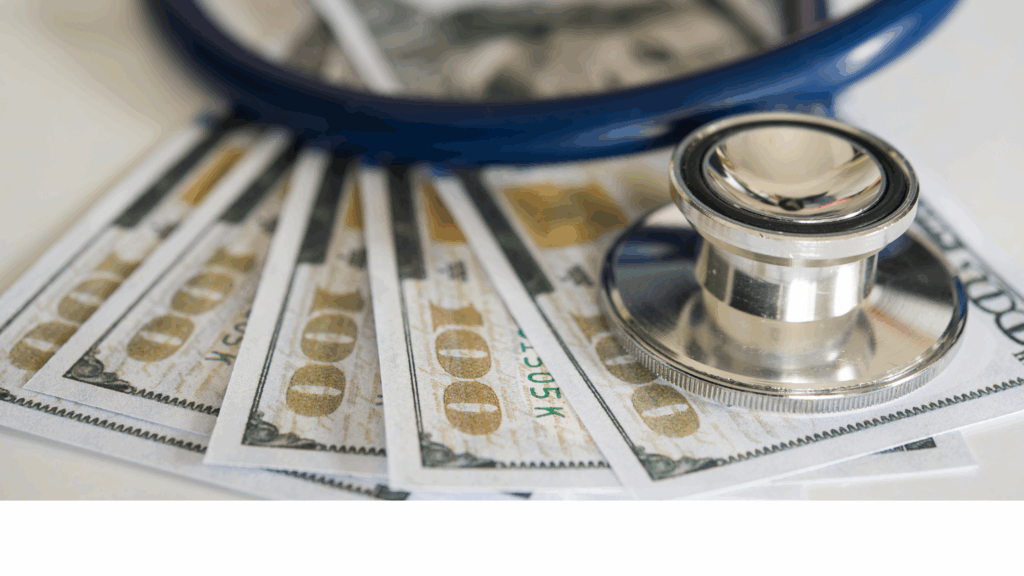
Six figure PA salaries
If you’ve ever scrolled through PA school forums or watched “Day in the Life of a PA” videos, you’ve probably seen the same selling point pop up again and again: “PAs make six figures!”
And while that’s technically true, the average new graduate PA salary has risen from $98,412 in 2020 to $114,231 in 2024, the reality behind that number is more complex than it looks. Six figures doesn’t stretch as far as it used to, and what once felt like an upper-middle-class milestone now lands much closer to the middle of the pack.
A Changing Economic Landscape
Back in the early 2000s, a new graduate PA earned around $60,000–$70,000, which placed them solidly in the upper-middle-class bracket for many regions. At that time, home prices, rent, childcare and tuition costs were dramatically lower. That same salary, adjusted for inflation, would be roughly equivalent to $110,000–$120,000 today, meaning the buying power of a PA’s income has stayed nearly flat for 25 years.
Meanwhile, costs that hit new grads hardest like student loans, housing, and healthcare, have climbed much faster than general inflation. A PA starting out in 2025 might technically earn more than ever before, but they’re also stepping into a world where:
- Median rent in many metro areas exceeds $2,000/month
- PA program tuition can run well over $100,000–$130,000 for 27 months
- Loan interest rates have rebounded to pre-pandemic highs and are 2-3 percentage points higher than they were 20 years ago
- PA students 20 years ago borrowed less money and paid lower interest rates
- Home prices are up nearly 50% nationally since 2020
- Child care cost for full-time daycare averages $12,000–$18,000 per child, per year, with urban areas exceeding $20K
So even as salaries appear to rise, the margin of comfort has shrunk.
The Tuition Trap
Many prospective PA students still hear “six-figure salary” and assume it guarantees financial stability. But when paired with six-figure student debt, that equation changes quickly.
Let’s do some quick math:
- Tuition and living expenses: $120,000 total loan balance
- Average interest rate: ~7%
- Monthly payment on a 10-year plan: roughly $1,400/month
That’s before taxes, insurance, or retirement contributions, leaving many new grads with a tighter budget than expected, especially in high-cost areas.
What This Means for the Next Generation of PAs
None of this means becoming a PA isn’t worth it, far from it. The profession continues to offer strong job security, flexibility, and meaningful patient relationships. But it does mean that prospective students and new grads should approach the numbers with eyes wide open.
- Research tuition costs carefully. The difference between programs can exceed $60K.
- Consider cost of living when negotiating. A $100K offer in rural Texas stretches far more than $115K in Boston.
- Build a long-term financial plan early. Think beyond your first job and look at 5- and 10-year income trajectories.
- Advocate for fair compensation. As healthcare systems rely more heavily on PAs, our pay should reflect our value.
Final Thoughts
A six-figure salary is still an incredible achievement, but it’s no longer the automatic ticket to financial freedom it once was. For today’s PA students and new grads, success means pairing clinical excellence with financial literacy, strategic planning, and realistic expectations.

